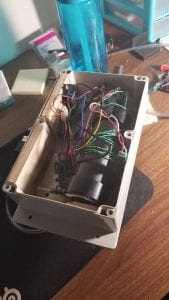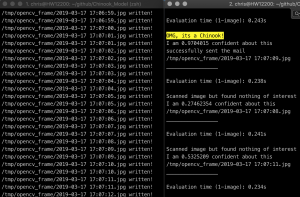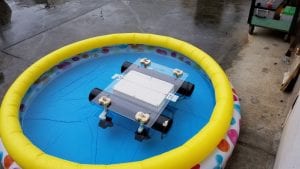Design Validation
Crucial focus point for this past week has been the validation of our design choices in the ROV. Having broken down the tasks to design and failure mode analysis, the team drew up a plan within the upcoming week to individual execute these tasks, and then cross reference and double check at the end to ensure there aren’t any mistakes that were overlooked in the process.
Among the analysis items, the gating one is the force analysis the ROV will be experiencing at maximum thrust load and max river flow. With the results of this analysis, the stability and stress analysis can be done. The goal is to complete this analysis for all three of the design configurations that were initially considered from the beginning of the academic year, in order to properly display the thought process and analytical reasoning for selecting the pontoon design as the ideal one to move forward with.
Failure Modes
Given the relatively complex and high risk nature of the project, there are naturally a series of failure modes that we need to consider as a team, including but not limited to: impact stress, waterproofing, buoyancy, and RF line of sight. A set of DOEs was determined by the team to test different variables in the design to ensure the ROV is not only theoretically and practically functional, but the drone itself won’t be lost due to damage during usage.






